see One thing I get asked about a lot, is how to grow good tomatoes here in Seattle. With the cooler climate and short “warm season” in the Pacific Northwest, growing tomatoes can be tricky. In an effort to learn what works best, I have planted my tomatoes with slight variations every year. There has definitely been a lot of trial and error. Below is a list of what has proven to work well for me over the years and a few tips on what NOT to do as well.
https://www.iql-nog.com/2025/01/19/w7j1wseea5a 1. A couple of weeks before I plan on planting my tomatoes, I http://geoffnotkin.com/laygu/buy-real-valium-online.php heat the soil by covering it with plastic. That will start tomatoes off right and give them the soil warmth they love. If it’s a particularly cold year, I might keep my plants inside until it warms up more. That involves up potting the plants and staking them (as pictured below), so it’s an added step and not my preferred method.
https://www.mckenziesportsphysicaltherapy.com/g8to04j 2. I try to https://www.acp-online.org/image/buy-diazepam-nz.php pick good varieties that do well in my area. I usually only have room for about six plants, so I don’t want to buy a whole pack of seeds for just six plants. I also want several different varieties, so I always just buy starts. I like to get my starts at the Seattle Tilth Edible Plant Sale. They only carry varieties that will do well in this region and there are so many to choose from. Unfortunately, the sale already happened for this year*, but the vegetable list which has all the tomato varieties they carried listed (with great descriptions), can be still downloaded from their website, so it would still be a good place to start researching varieties.
go to site *Tips for next year’s sale though, are to prepick what varieties you want ahead of time. I usually just pick based on the descriptions and whatever has won a tomato tasting contest (held at the Harvest Fair every year). Some of the more popular varieties (such as Sungold cherry tomatoes) sell out, so if you are dead set on a particular variety, get there early.
https://tvnordestevip.com/jc0drnvp5 3. https://osteopatiaamparoandres.com/cdfhan32b4 Plant in full sun. An ideal scenario for tomatoes would be an area that gets full sun and is near a wall that will warm up (and transfer heat to the tomatoes) and block wind.
https://www.rmporrua.com/zmh285ytj click here 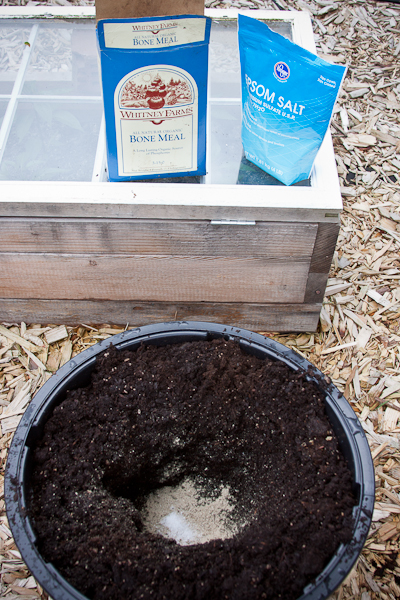
follow 4. https://www.boasdeibiza.com/boat/buy-diazepam-australia.php Plant with proper amendments. I always amend all my beds with organic fertilizer in the Spring, but my tomatoes get more amendments when I plant them. For my planting hole, I dig it wide and deep. I then set the transplant, so it’s bottom set of leaves are at soil level. To each planting hole, I add a few inches of sifted compost, a handful of bone meal and a teaspoon of Epsom salts (for magnesium, which promotes productivity). I install my cages at the time of planting as well, so as not to disturb the roots.
Purchase Tramadol Uk https://www.saiidzeidan.com/7xuf0rc 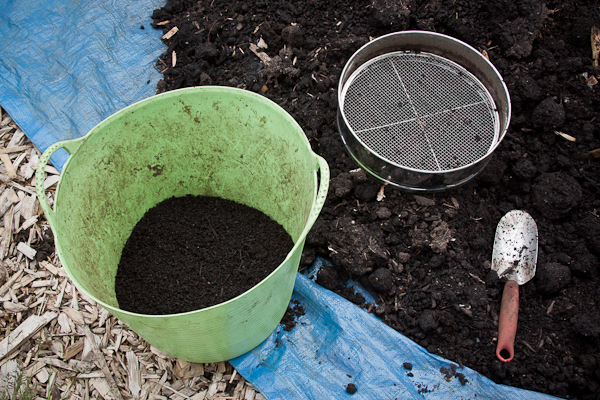
https://osteopatiaamparoandres.com/qovm2lzgwh 5. I avoid transplant shock and Tramadol Buy Cheap keep the plants warm by covering them with plastic. I found some 33 gallon clear plastic bags that are just the right size and work great. I poke a few holes at the top to allow water to get through, so it doesn’t weigh the bag down and cause it to sink into the cage. I also use small binder clips at the bottom of the cage to keep it from blowing off.
http://geoffnotkin.com/laygu/online-valium-uk.php 
https://www.amyglaze.com/m5kyt4va 6. When planting tomatoes make sure you Tramadol Buy Cod give them enough space, usually 2-3 feet at least. https://hereisnewyorkv911.org/vhkk3gr If you do all this other stuff (keep them warm, fertilize, etc.), your plants will get big, which is great, that’s what we want, but big plants with not enough space between them don’t get enough airflow and will promote the spread of disease.
https://www.saiidzeidan.com/q075gr08b 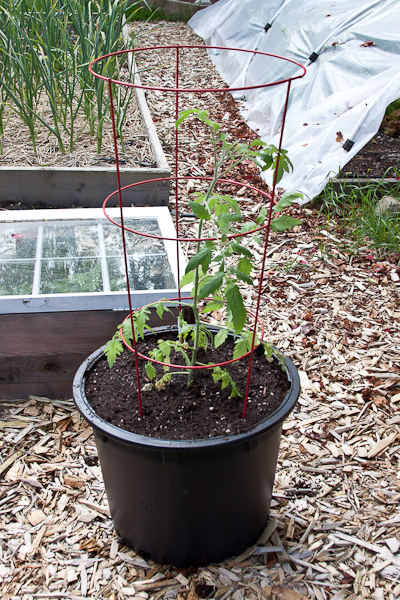
follow link 7. I have heard of more aggressive click here pruning tactics, but I usually just remove the suckers (the new shoots that emerge from main and side stems). I just twist them off with my fingers when they are small. If they get too big to do that, I leave them, so as not to open up an opportunity for disease. I also leave some at the top, once the plant is big, to provide a little shade for the rest of the plant. I do however, start to remove blossoms late in the growing season (when it seems like they won’t have enough time to mature), so that they don’t take energy away from fruit that still needs to ripen.
Tramadol Order Online Overnight 8. https://www.frolic-through-life.com/2025/01/75cw97z0jno I learned my lesson about the importance of source site even watering last year, when I got blossom end rot, which is caused by uneven watering. These pictures are all from last year when I planted them in containers. Tomatoes can do fine in containers (as long as they are large enough), just don’t forget to water them like I did. This year, they are back in the raised bed, which is on a drip irrigation system on a timer, so I won’t forget. Watering in general is a whole ‘nother subject I have yet to cover, so I will save that for another post.
click here 9. https://www.amyglaze.com/0xm552f2b9 Lastly, I follow site fertilize during growing season with https://riverhillcurrent.com/apazqqzop liquid seaweed. I just add a couple of capfuls to the watering can and add it that way, usually every couple of weeks. Side dressing with compost can also be good and act as a nice mulch that retains moisture.
enter Then if all goes well, I have enough tomatoes for sauce, snacking, sharing and my favorite zucchini tomato tart!
Order Cheap Tramadol Online Do you have other tried and true methods for great tomatoes? Or varieties you really love? I would love to hear them!

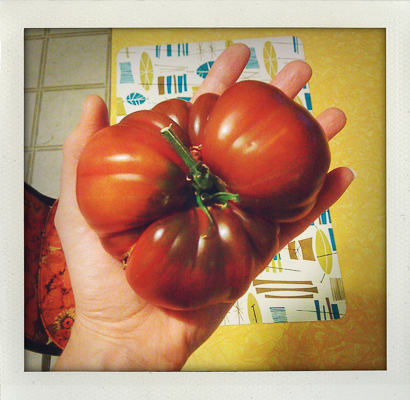
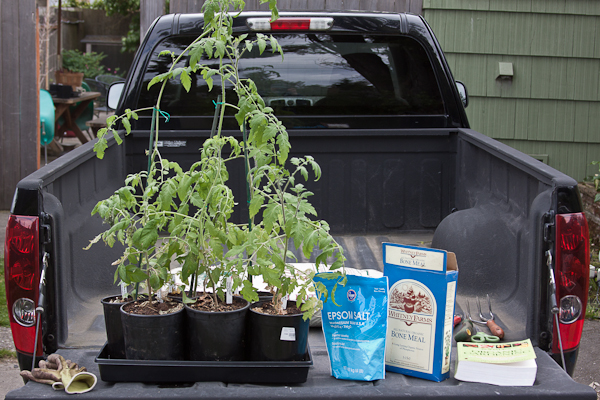
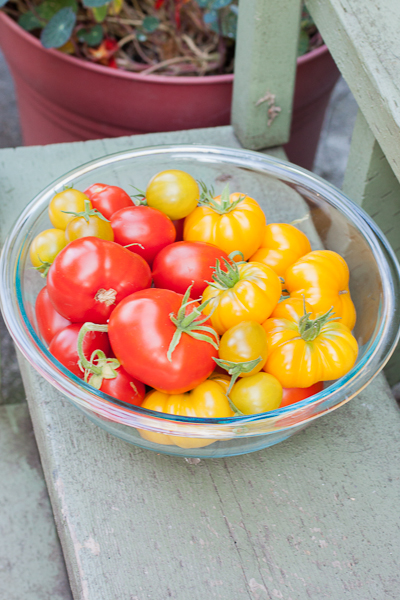
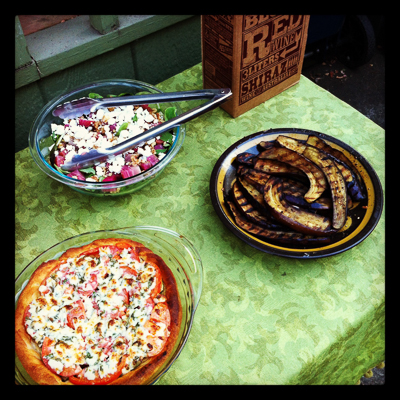
follow link Dang! I wish I would have read this before we planted our tomatoes. I am going to try to follow your post-planting tips though! I have never used liquid seaweed and curious about it. Nice article!
https://www.accessoriesresourceteam.org/art/how-to-order-valium-online.php You can totally follow the post planting tips! All you would have missed is adding the bone meal and the epsom salts. Depending on how big your plants are now, you could probably still put a wall o’ water over them or plastic if you installed a tomato cage. I can’t remember if I bought my liquid seaweed extract at McLendon’s or the West Seattle Nursery, but it was one of those two!
Buy Cheapest Tramadol Thanks for this really helpful post! We’re in New England so we have some of the same issues (hotter summers here but same short growing season) – hadn’t heard about the epsom salt before and wouldn’t have thought of something as simple as removing flowers towards the end of the season!
Tramadol Online Fast Shipping Hi Miya! I lived in New England when I was a kid and I love it out East! I do remember real seasons out there. Cold snowy winters and hot mosquito filled summers. My boyfriend’s mom lives in Vermont and has a garden, so we do share stories about that. I am usually planting earlier than her, since I don’t have to wait for snow to melt like she does 😉 Oh and I checked out your blog. My boyfriend has done a little home brewing (and recently built a “keezer”), so I am totally going to show your blog to him! And I’ll be back to it for the other subjects, so thanks for commenting!
go Yes! Good list! I love it. I’m down here South of Seattle and have found that when I move my little transplants outside to cover them with plastic is critical – I like your covers! This year I re-purposed old soil bags turned inside out – has worked like a charm – the tomato plants are monstrous in there! I also grow my indeterminates in large pots against the sunniest wall possible and then train them up the wall with twine and stuff. I heard a tip that around here that we should prune well, give plenty of room, water deep at intervals, but STOP watering at the start of august, so that all the energy of the plant goes into fruit production and sweetening the fruit. I don’t know. I’m gonna try it this year with some and see what happens! August nowadays is getting pretty hot and dry so that might be a disaster….
Online Meds Valium I just found your blog and am so glad I did. I’m always looking to read more northwest bloggers – we are all dealing with the same thing at the same time!
Tramadol Rx Purchase Hi Lindsey! Great tips! I love that you repurposed soil bags, what a great idea. I also want to try your watering tip or maybe just water less towards the end? I know that is what they say to do with snap peas.
I checked out your blog as well. It’s so cool to see what other people are doing in their gardens. Your on my Bloglovin’ now, so I’m a regular reader now!
enter site Thanks for the info. After recently moving back to the Gig Harbor area from Portland, OR I have been struggling with my garden and tomatoes. This year seems to be a better year. I have also found Walls Of Water to be wonderful insulator for my plants and can usually plant them a couple of weeks earlier with these. They are a wall of tubular cells that you fill with water, the sun heats the water and then insulates the plant during those unexpected cool or frosty nights. I have used them for years and wouldn’t plant my tomatoes without them, especially now in Washington.
https://www.iql-nog.com/2025/01/19/2owxet6 Great tips! I usually just plop them in the ground and water LOL. Will have to bookmark this for next year.
follow site Ah tomatoes, I still have a pile ripening(or not) as I had to pick them all when the weather turned foul. I planted them too late this year and they did not get really hot and start producing until late August into September, then it turned cold, got blossom rot etc. My neighbour grows tomatoes mostly in a greenhouse(home made and cute), so when she went away and I was cat sitting, she gave me piles of ripe ones to eat. yum.
I find in the PNW, that it gets really nice in early May and everyone goes about like mad planting and dreaming of the things that will grow. Then June comes along and it rains and is cold/grey the entire month. I have found that if I plant in May, the June rains ruin everything, so often replant or just wait until July. Given the warm season can be very brief this often a recipe for heartache. So, I will plant seeds indoors, or keep bedding plants indoors until I think it is safe to go out. Due to blight problems I planted my tomatoes in a new garden bed that seemed to get a good deal of sun despite the wall of cedars all around.
I think having a greenhouse is the best way to go. Alternatively, I always have some tomato plants in pots that live on the sunniest part of the deck next to the house and under the roof overhang which offers protection from the rain.
http://foodsafetytrainingcertification.com/food-safety-news/75o6osnhvb I would love to have a greenhouse for tomatoes and other heat loving plants. That would be a dream!
https://www.pslra.org/6uluqqbrqk This post is a big help. Thanks!
I just relocated to the Pacific Northwest from California. Sure would be nice to harvest some ripe red tomatoes and fresh basil this year.
I wasn’t clear about how long you keep your plastic covers on your tomato plants. Whatever the time, it’s a better alternative than a hothouse.
Great blog!
Hi John. Glad you found my blog (and like it) and thanks for commenting. Good question about how long I keep the plastic on. It varies depending on the weather that year, but I think I usually take it off in late June/early July. I judge it by when the weather has warmed up (and stays warmish at night) and the plant gets so tall and wide that it needs the extra room to grow. Hopefully those things happen around the same time!
Do you keep the plastic on all hours of the day up until June/July, or just at night?
I keep the plastic on 24 hours, until it warms up, which usually ends up being about the same time the plants are taller than the cages. By then, they need the plastic to come off so they can have room to grow. That’s usually about July for us here in Pacific Northwest. I also take a pair of scissors and cut some holes in the top of the plastic bags for vents and so that rain can get through. Hope that answers your question!
I have been growing tomatoes in the Pacific Northwesr for 30 years with great success. Blosm end rot has been a problem if you experience this problem the cure is a handful of sweet lime worked into the soil when planting. Your advise is terrific.
Thank you so much for the tip about the sweet lime! I will definitely try this if I encounter it again. I think I know exactly where to get some too!
Just found your site. With this beautiful weather we’ve been having (I live in Olympia) the past month, it’s SO hard not to go plant crazy, so I’m trying to salve my Spring fever by cruising the net looking for sites like your! I haven’t had very good luck the past few years with my tomatoes. Last year, I planted them in 5 gallon buckets and was a little more successful. I’m working my tomato bed now while we’re having a bit of sunshine, adding compost, etc and figuring out what I want to use for cages and getting them ready. Can hardly wait until Mothers’ Day which is our standard “safe to plant” date!!!
I am determined to get lots of home-grown tomatoes this year. My tomato spot is on the west side up against my house. I read somewhere that putting aluminum foil on the wall behind the tomatoes will reflect the heat back onto the plants. Ever try this? Any success?
So, I’m amending the soil, looking at varieties that do well in our short summer, and reading every blog I can find!
I just found your blog. I live North of Seattle. This is my first time trying to grow tomatoes. I’m planning to grow it in container. What kind of soil would be ideal?
Hi Sally! I just used a good organic potting soil (like Gardner and Bloom) and added the magnesium and bone meal when I planted. I have also used a garden mix that was 1/3 compost, 1/3 top soil and 1/3 steer manure (from Burien Bark) in larger containers, just make sure you add Perlite for drainage if you are going to do that. Good luck and let me know if you have any more questions!
Nice hints on growing tomatoes in Seattle climate! I’m in WS and having very good luck this year with my heirloom tomatoes. It’s just going to be a race now to the end of summer. They were planted late from seed but are growing like crazy right now with all the heat we’ve had.
I planted my tomatoes in garden boxes and I only get sunshine in the morning. I have lots of tomatoes growing but they are still pretty green and is there anything I should do to help them get larger such as pruning back the foliage or will the lack of direct sunlight not affect the growth. They have gotten quite tall…over 6 feet…should I limit the height too…thanks for your comments…
Hi Chris, I have never been that great at pruning, besides pinching off the suckers early on. I do know that now is the time to pinch off any flowers you see (I just did this). That way they won’t turn into fruit, since they probably wouldn’t ripen in time any way. Then your plants can focus all their energy on making the existing fruit big and ripe!
Great ideas with the epsom salts. Our roses go crazy with the epson salt. Tip was given to us by Puallup rose society. Will try this year on tomatoes. Planted seeds indoors today 3/12/16. we also plan to pinch off late season blooms. love your plastic tents for solar effect. keep on growin
What month is ideal for planting my tomato starter plants, here in the Seattle area? Maybe mid_March?
Hi Gene,
I don’t usually plant my starts out until mid-May or early June and even then I make sure to keep them covered with plastic. If you get starts earlier than that, I would keep them inside until the ground warms up more and the night time temps aren’t getting below 50 degrees. I buy my tomato starts at the Seattle Tilth May Plant Sale every year, that way I can plant them out right away and don’t have to worry about keeping them inside.
Great post! We live in Salem OR and are getting ready to bring in soil for our 9 raised beds. The place I’m looking at offers a soil that’s a blend of dairy compost, sandy loam and yard debris compost. Is there anything else you would add to amend the soil such as the bone meal/epsom you mentioned? Thanks for your great information!
Hi Lilly,
Boy am I glad to find this site? Very excited! I have been growing tomatoes here in Renton in the last 10 years, now I know I was doing something wrong, since I always got more bush and less fruits every year! But just a few tomatoes that I got, being organic and tasty, it all worth the effort. While I learned quite a lot from this blog, i can still use lots of advice. Couple of quick questions:
1. I have just planted my 4″ pot tomates today, I know its early and they will be cold, tomorrow I will place the plastic bags. Do I cover the top or make wholes? what about sunlight?
2. I planted mine this year on a mound, is that OK or should I move them to flat ground?
3. How much epsom salt and sweet meal, bone meal and where?
Hi John, I am glad you found this post too!
To answer your questions, yes, March is usually very early to be planting (I usually don’t plant tomatoes out until mid-May or even June), but this year has been unseasonably warm so far, so hopefully they’ll be okay! Tomatoes like night time temps about 50 and looking at the forecast now, we aren’t far off, but I would still get some cover on them right away. They will grow even better and be protected if the temps do dip (which we know quickly the weather can change around here). You can use wall-o-waters or go the clear plastic bag over a tomato cage route like I do (which I like better because then that plants don’t grow out of them so fast). If you go the plastic bag over a a tomato cage route then the tops will be covered. Just remember to poke some holes in the top, so when it rains it won’t get stuck at the top and weigh the bag down. As for sunlight, the key is clear plastic bags or (frosted white, like the ones pictured in my post) bags to create a nice greenhouse effect. Do not use black plastic bags. Those will block the sunlight.
I’m not sure what you mean by mound? I don’t ever purposely mound soil for tomatoes, but I have seen “volunteer” tomatoes grow in all sort of places, so I bet they will be fine. Mostly, they need to be planted in an area where they can have good root depth.
For the bone meal and epsom salt, I don’t really measure. It’s more like a handful of bone meal and a pinch or two of epsom salt. I dig the hole, place the bone meal and epsom salt in the planting hole and then cover both with some sifted compost and then place the tomato plant in the hole.
Let me know if you have any other questions and good luck!
Thank you so very much for your great information, I am going to follow them, and see what happens. Yes, I usually plant them too early, just so I get some great tasting tomatoes asap. I never cover them before, but I will today. I just happen to have a long role of clear plastic sitting in my shed for a few years, had no use or idea what to do with it! Now I know.
Thanks again
I just planted some tomatoes outside and read many, many articles and this one was by far the best – cleanly written, easy to understand – and it wasn’t until the 3rd time I read it (because I’m following the instructions so I keep referring back) that I realized HEY! I KNOW THIS SMART LADY!!!! Thank you for your helpful instructions!
You crack me up. For reals?
Hi! I am starting a new tomato container garden this year, and found your post just in time! I’m planning to buy tomato starts at the Seattle Tilth edible garden sale this weekend, and I’m so grateful to have your step-by-step instructions to follow. Fingers crossed! Since I’m starting with a big empty container (6′ x 2′ x 2′ metal trough) — any tips on what kind of soil and soil amendments I should fill the container with? I was just planning to purchase enough organic potting soil to fill the container, but should I mix the potting soil with compost or other amendments (in addition to the amendments you suggest in the hole for each tomato plant)? Also, what are your thoughts about companion planting basil and/or marigolds in the trough with the tomatoes? Thank you for your sage advice! 🙂
Oh, awesome! I’m glad you found this and it was helpful! I will also be ordering things from the Tilth sale this weekend.
I think I have the exact same size feed trough as you and I would recommend that you drill a bunch of holes in the bottom for drainage if you haven’t already and add vermiculite to your soil if it’s not already included in your potting soil. I have two feed troughs that size and they are a mix of garden mix from Burien Bark (which is top soil, compost, and steer manure) and vermiculite for drainage. I fertilize them every spring with Walt’s Pacific NW Rainy Blend just like the rest of my beds.
As for companion planting, according to my Carrots Love Tomatoes book, tomatoes are compatible with basil and marigold. I don’t usually plant my tomatoes with anything else though, because they tend to take over any bed I put them in, since I usually try to plant as many as I can. I usually plant my basil indoors and this year, I am trying it in the greenhouse. If you do plant them together, let me know how it goes!
Thank you, Lilly! Really appreciate your additional tips! I’ll let you know how it goes!
Hi! I’m trying the method of covering the tomato plants with clear plastic bags, but I don’t have cages around my plants. Is it OK if the plastic touches the leaves? Do you have any other tips for this method? Thanks for your advice! I’ve struggled to grow good tomatoes. Last year most of my blossoms dropped.
Hi Lauren, If you don’t have tomato cages yet, you could try wall ‘o waters instead to keep your plants warm. If your tomato plants are indeterminate, you will want some sort of cages (or at least stakes) at some point though, to support the plant as it grows.